Flushed with success at my wine-making efforts (which have ranged from “barely drinkable” to “good”) over the last few months, I thought I’d turn my hand to fermenting some different
kinds of fruits in my spare time. The first of these that I decided to try is mangoes. So, a few mangoes from the greengrocer on
Chalybeate Street and a few litres of additional mango juice from Morrisons later, I was ready to start. I kicked it off yesterday with a hunk of mango pulp, juice, sugar, and – of
course – brewers’ yeast. This drink, I have decided, will be called “mangohol”. And if it turns out to be undrinkable, I’ll try my hand at distilling, too, and try to make a spirit out
of it. =o)
This morning, I was quite surprised to find that the proto-beverage had escaped from the captivity of it’s bottle, forcing mango pulp up through the airlock and out onto the table by
the sheer force of it’s expanding gases. It turns out that mangoes actually have quite a high sugar content, and the yeast in the bottle is having a bit of a party. I looked at my
chopping board (which has pictures of various fruits and vegetables and suggestions on how to prepare and serve them). For mangoes, it reads: “Mango [sic] have a juicy, pale, orange
flesh, which is full of flavour. Sliced lengthways and served in a fruit salad, puréed for ice creams and mousses, used in chutneys, veg curries, tarts, and pies.” Does it say anywhere,
“Warning: may ferment explosively, spewing mango pulp across your surfaces?” Does it buggery.
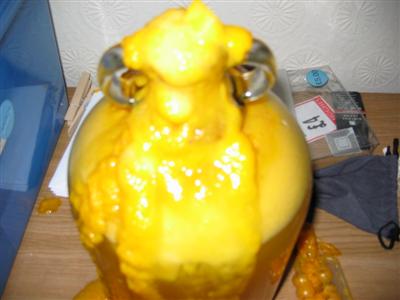

So violent was the push of the excited fungi, they even managed to compress whole chunks of mango through the airlock, where they became lodged. I’ve no idea how – if it’s at
all possible – I will get them out, but I’ll be using one of the larger-style airlocks for the rest of the brewing process.
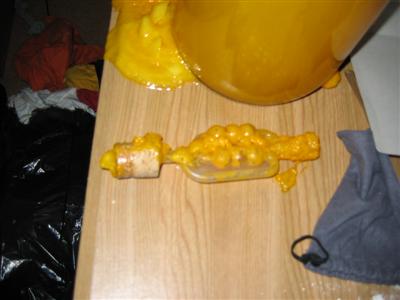
Of course, it doesn’t take a physicist – even one who’s not been caught in the explosion of an immersion heater (whoever that
might have been) – to tell you that the expansion of gasses in an enclosed space is a bad thing. In fact, what biologists might call an “uncontrolled yeast reaction in a sealed
container” has another, more brutal, name amongst chemists and physicists. The name they use for it is “bomb.”
Thankfully I noticed the problem before the pressure became sufficient to detonate my (glass!) demijohn, and I had the sense to remove the cork and airlock from the neck of the bottle.
No prizes for guessing what happened: suddenly, I found my face, my hands, my body, the room – pretty much everything, actually – showered with partially-fermented mango juice and pulp.
It’s not nice stuff to be shot in the eye with. That said, it smells fantastic.
The majority of the drink remained in the bottle, and it’ll be continuing to ferment for a couple of weeks, yet (although I’ll be keeping a closer eye on it’s airlock). I’d never had
guessed mangoes were so sugary, but this is really volatile stuff: having already diffused it the first time around I took a short video clip of it bubbling out (observe in the video
how it “spurts out” if I hold my hand over the top of the bottle for a few seconds, and how much of the bottle is “froth” generated by the yeast):
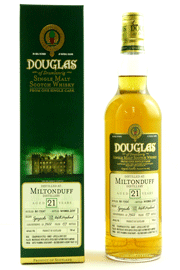


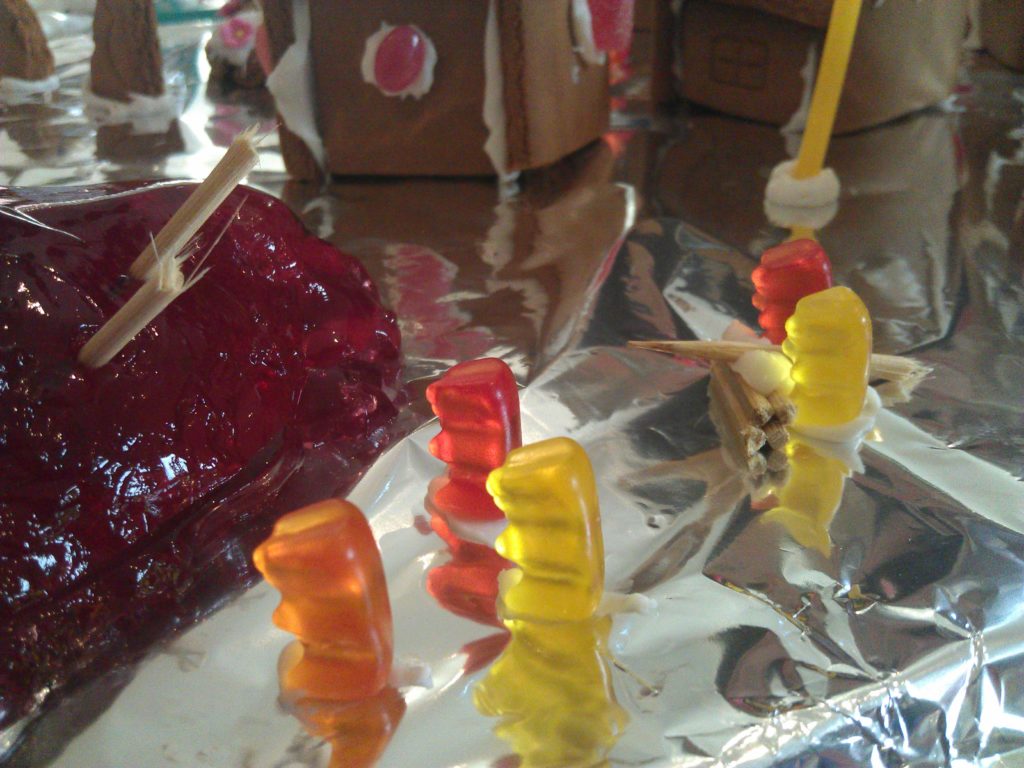

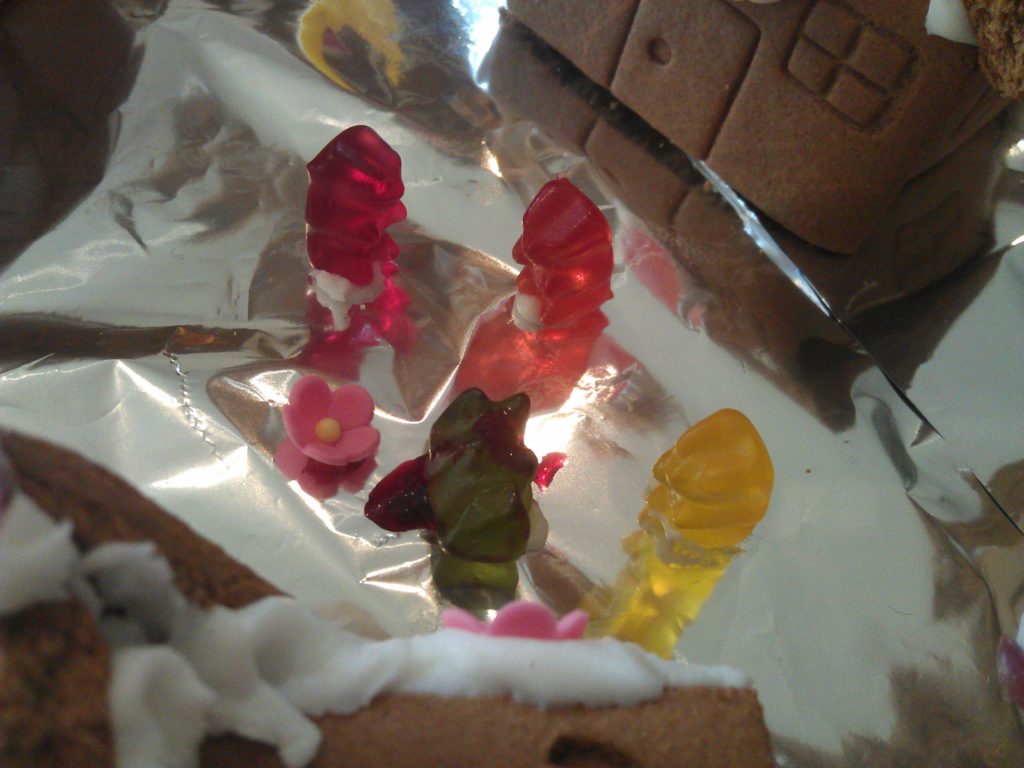


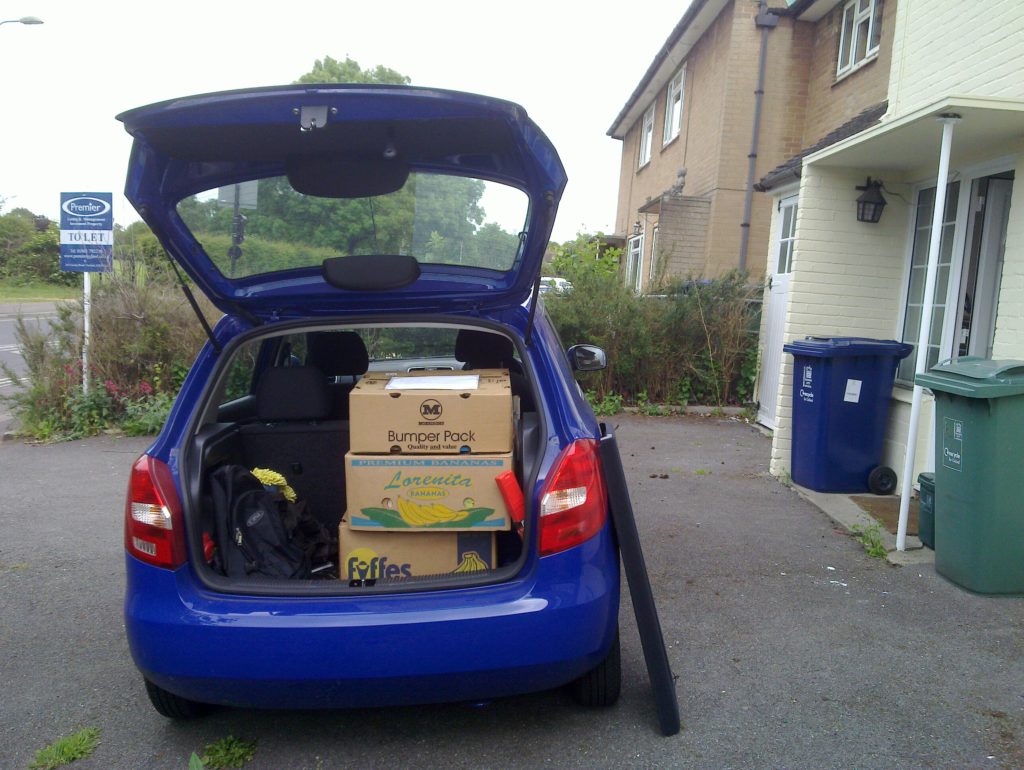







 I’ve recently discovered the sandwiches of Morgan’s, the butchers opposite Barclays on Great Darkgate Street. You go in there and mutter “beef” to the chap, who then
slices a generous bun and fills it with roast beef, a Yorkshire pudding, fried onions, and thick gravy. It’s a roast beef dinner… in a sandwich! Genius! Apart from the obvious mess it
makes to eat it, it’s fantastic.
I’ve recently discovered the sandwiches of Morgan’s, the butchers opposite Barclays on Great Darkgate Street. You go in there and mutter “beef” to the chap, who then
slices a generous bun and fills it with roast beef, a Yorkshire pudding, fried onions, and thick gravy. It’s a roast beef dinner… in a sandwich! Genius! Apart from the obvious mess it
makes to eat it, it’s fantastic.